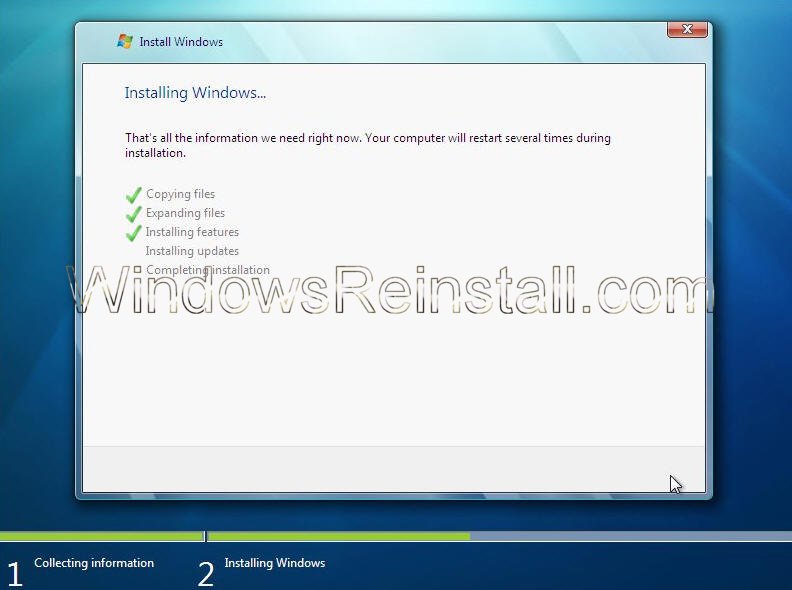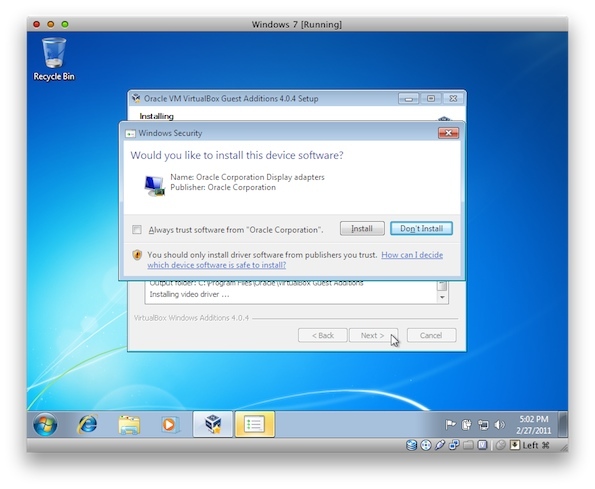


This process is a vital part of Windows that you cannot prevent from running. That way, a problem in one instance doesn’t affect other instances.

Services are organized into related groups and each group is run inside a different instance of the Service Host Process. The Service Host process serves as a shell for loading services from DLL files. You can’t kill them, and you sure didn’t start them. If you’ve ever browsed through Task Manager, you may have wondered why there are so many Service Host processes running.


 0 kommentar(er)
0 kommentar(er)
